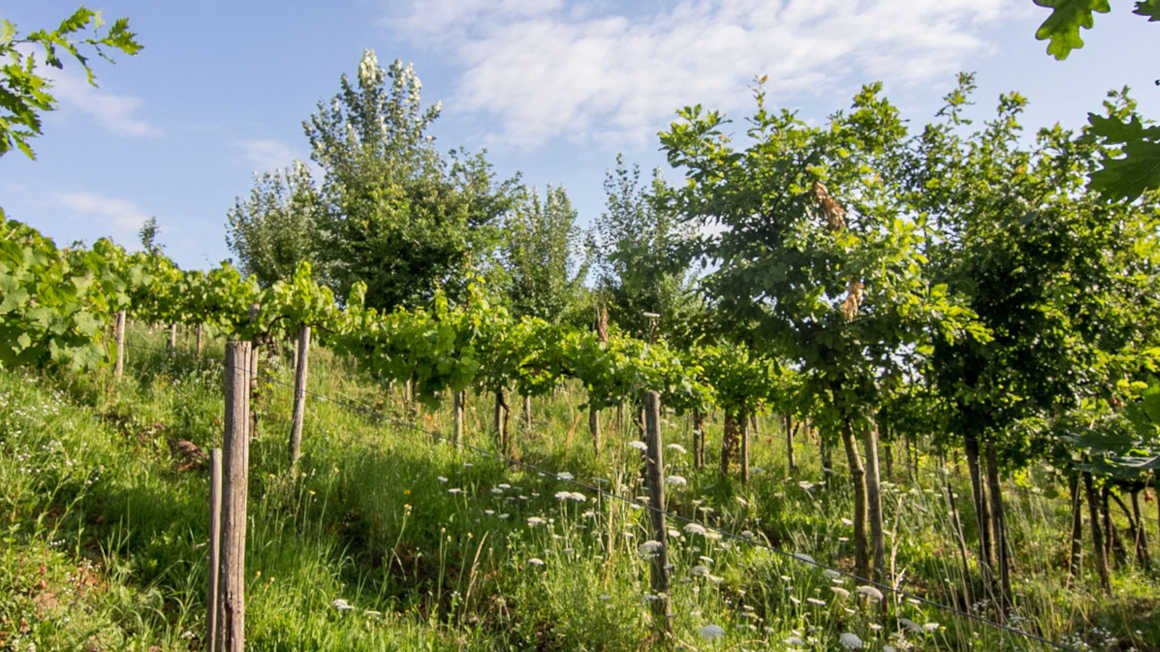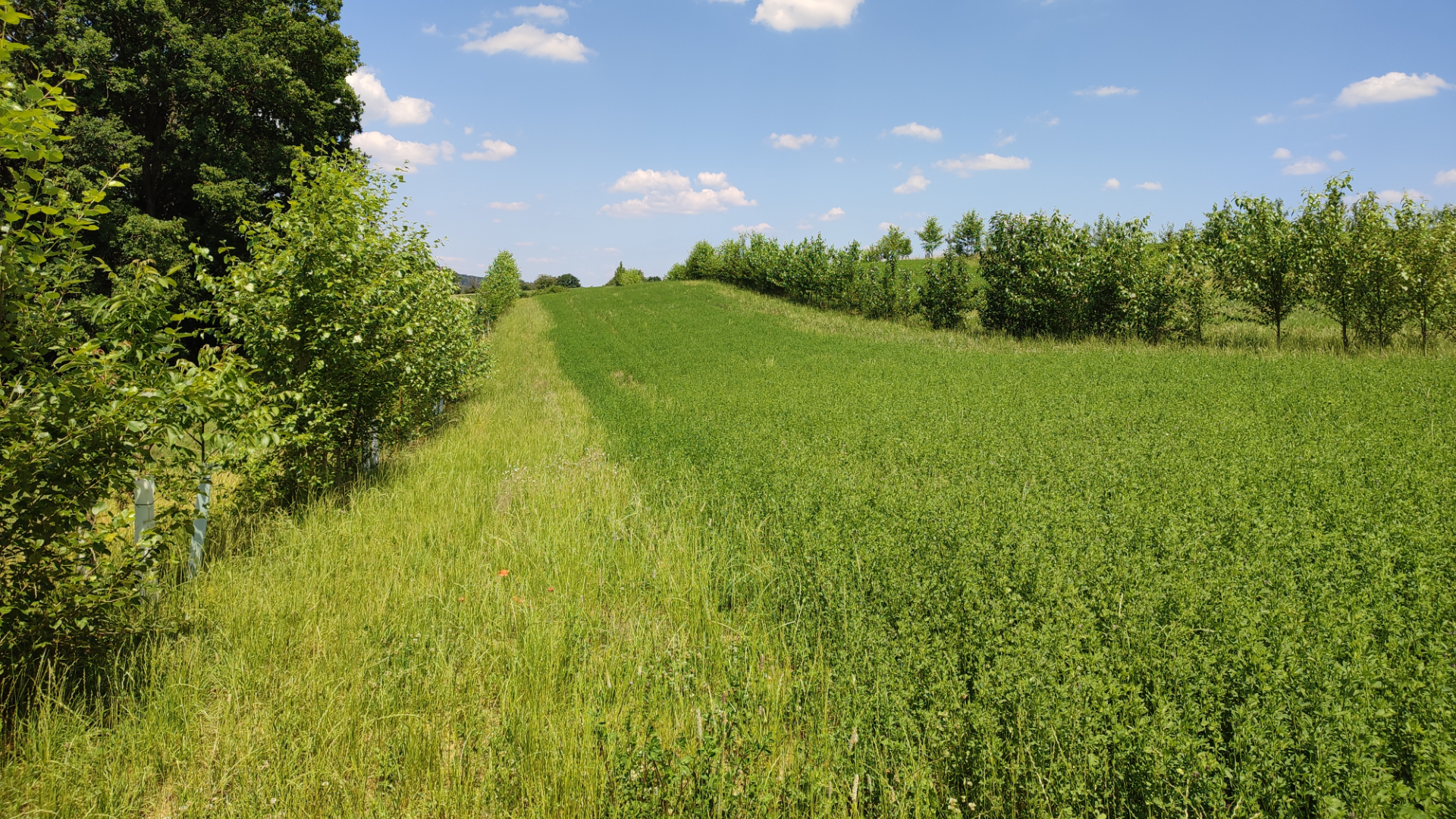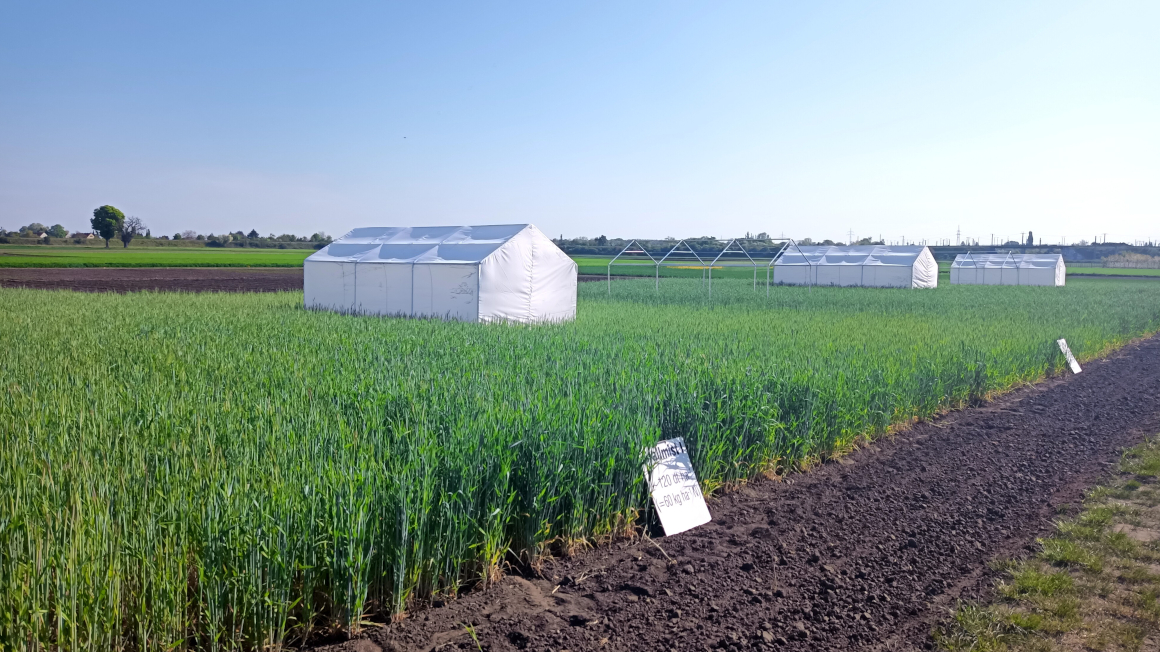VitiForst as an opportunity for sustainable viticulture
The VitiForst project is entering its second phase, in which researchers from the Universities of Hohenheim and Freiburg aim to further develop the combined cultivation of vines and trees and put it into practical use.

Heat, drought and heavy rainfall are posing increasingly significant challenges for viticulture in this country. In addition, climate change is promoting various fungal diseases. Agroforestry systems in viticulture could provide a remedy, as the ‘VitiForst’ project shows. In this project, researchers from the Universities of Hohenheim and Freiburg, together with partners from the field, are investigating how the combined cultivation of vines and trees affects the water balance, nitrogen supply and, ultimately, wine quality. The long-term project has been running since 2007 and has now entered its second phase.
So far, the trials have been conducted in the wine-growing community of Ayl in Rhineland-Palatinate on a 0.5-hectare trial area. Riesling and Sauvignon Blanc grape varieties were cultivated here, both as vines alone and in combination with oak or poplar trees.
Promising results also for wine quality
Initial results from the long-term trial in Ayl are promising. They show that vines growing in the shade of trees not only receive sufficient water and nutrients, but also benefit from their surroundings: through the ‘hydraulic lift’ effect, deep-rooted trees transport water and nitrogen from deeper soil layers upwards, making these resources available to the vines. According to the researchers, Riesling in particular benefited from an improved water supply without any change in wine quality.
A climate-resilient form of viticulture
In addition, the trees increased microbial diversity in the soil, altered the root metabolites of the vines and thus contributed to greater biodiversity in the vineyard. Shading also had advantages: it reduced the risk of sunburn on the grapes and shifted the harvest further into autumn, which benefited the aromas. ‘Our results prove that VitiForst systems represent a future-oriented and climate-resilient form of viticulture,’ says project manager Christian Zörb from the University of Hohenheim. ‘The integration of trees can promote biodiversity, conserve resources and maintain the quality of the wine at the same time.’
New trial areas in the Remstal and Kaiserstuhl
In the second phase of the VitiForst project, the research team now wants to establish new trial areas at the State Institutes for Viticulture in Freiburg (WBI) and Weinsberg (LVWO) – specifically in the Remstal and Kaiserstuhl regions. Building on the results in Ayl, the researchers are investigating the physiological and ecological interactions between vines and woody plants. At the same time, they want to examine the effects of existing agroforestry-like structures such as hedges, embankments and individual trees, while also supporting commercial vineyards in setting up their own VitiForst systems.
Making the VitiForst system available for practical use
The aim of the project is to further develop this promising cultivation concept on a scientific basis and make it available for practical use. The project ‘VitiForst – Trees in viticulture to increase climate protection and biodiversity’ is funded by the Baden-Württemberg Ministry of Science, Research and the Arts (MWK) with a total of around 600,000 euros. In addition to the University of Hohenheim and the University of Freiburg, the Nürtingen-Geislingen University of Applied Sciences (HfWU), the State Viticulture Institute Freiburg (WBI) and the State Teaching and Research Institute for Viticulture and Pomology (LVWO Weinsberg) are also involved.
bb


